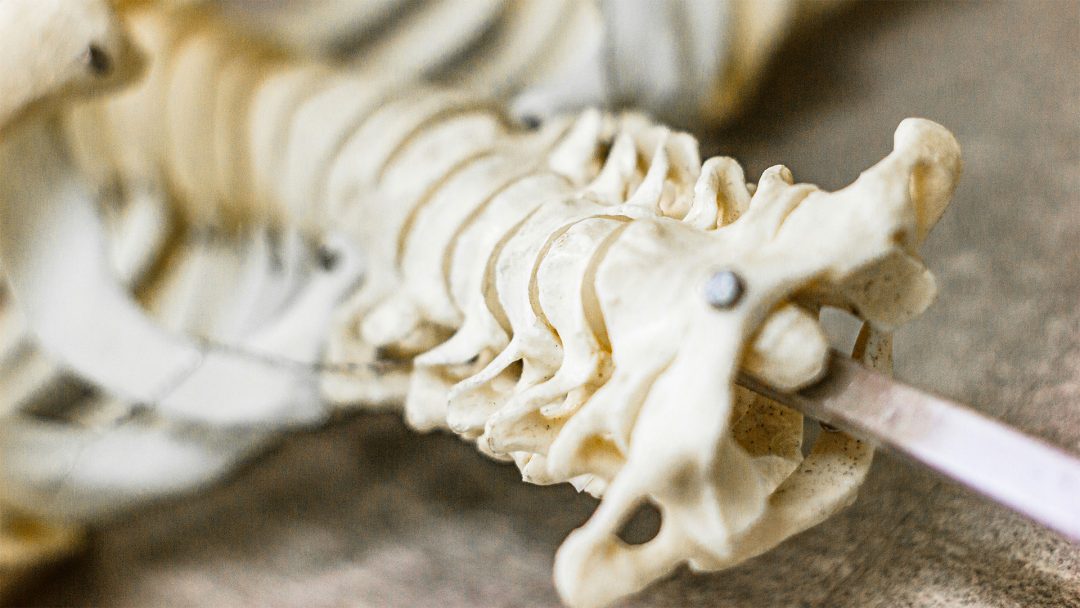Ankylosing Spondylitis

Ankylosing spondylitis, or morbus bechterew, is a chronic inflammatory disease that mainly affects the spine. It leads to painful inflammation and stiffening of the vertebrae and surrounding structures.
Symptoms include persistent back pain, stiffness and limited mobility of the spine. In rare cases, the joints of the arms and legs can also be affected.
Causes of Ankylosing Spondylitis
Ankylosing spondylitis is thought to be caused by a genetic predisposition. The majority of those affected have the HLA-B27 gene, the detection of which supports the diagnosis but does not prove it conclusively.
Specific triggers such as an imbalance in the body’s acid-base balance, environmental factors and impaired intestinal health are very likely.
Diagnosis and Treatment of Ankylosing Spondylitis
Clinical examinations such as the Mennell sign or the Ott mass serve to assess the mobility of the spine. Blood tests and imaging examinations can also be used for diagnosis.
Early diagnosis and treatment is important in order to slow down the progression of the disease. As a basis for treatment, a healthy lifestyle with regular exercise can help to alleviate symptoms.
In addition, pain and inflammation can be alleviated with medication such as COX inhibitors. Physiotherapy is also very important in order to maintain mobility for as long as possible.
Local and systemic ozone therapy is a complementary procedure that has proven effective in ankylosing spondylitis. The circulating immune complexes, which have a negative influence on the course of the disease, can be removed from the body by means of INUSpheresis (blood washing).
Med. pract. Dana Hreus M.A.
Integrative, cause-oriented measures can provide effective support for ankylosing spondylitis. A precise diagnosis is important before starting therapy.

Further information
The information listed contains relevant topics and serves to improve understanding.